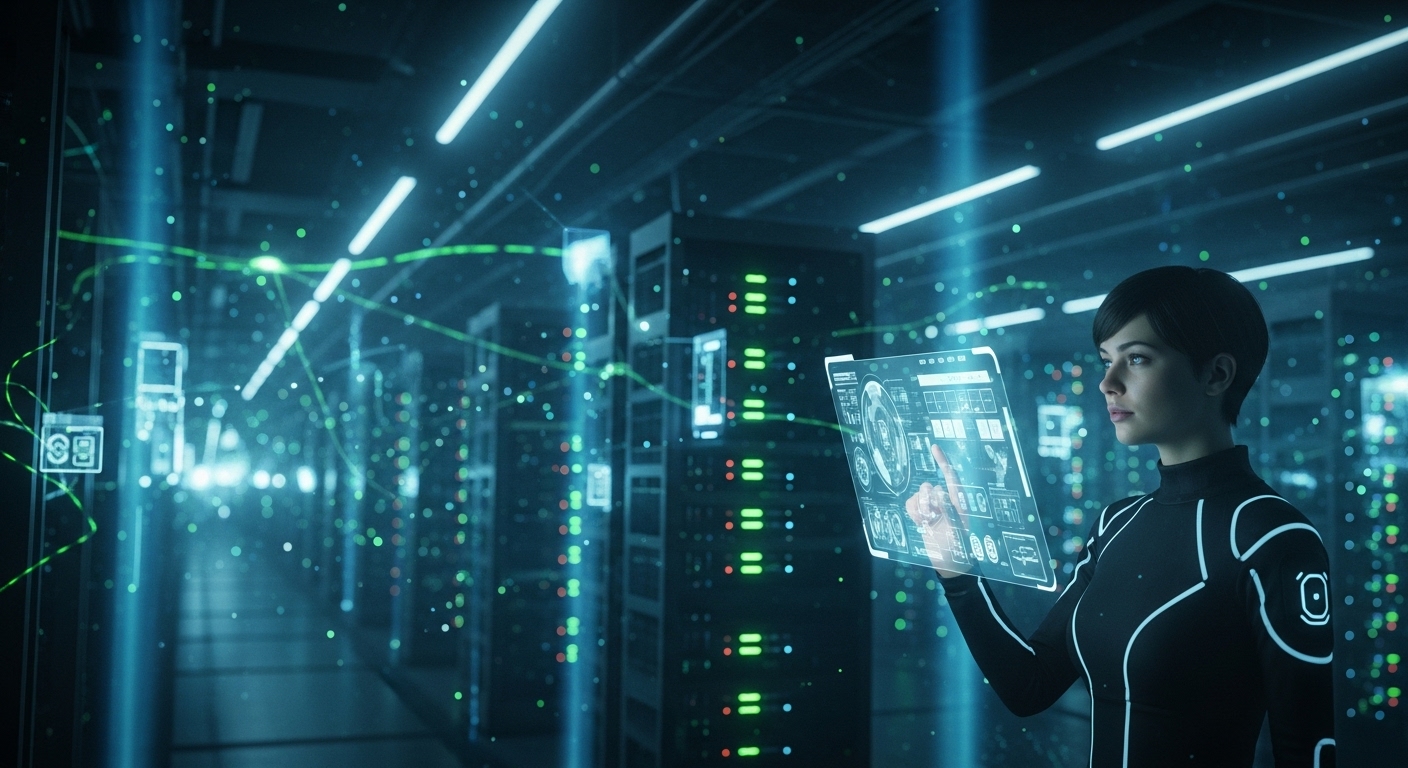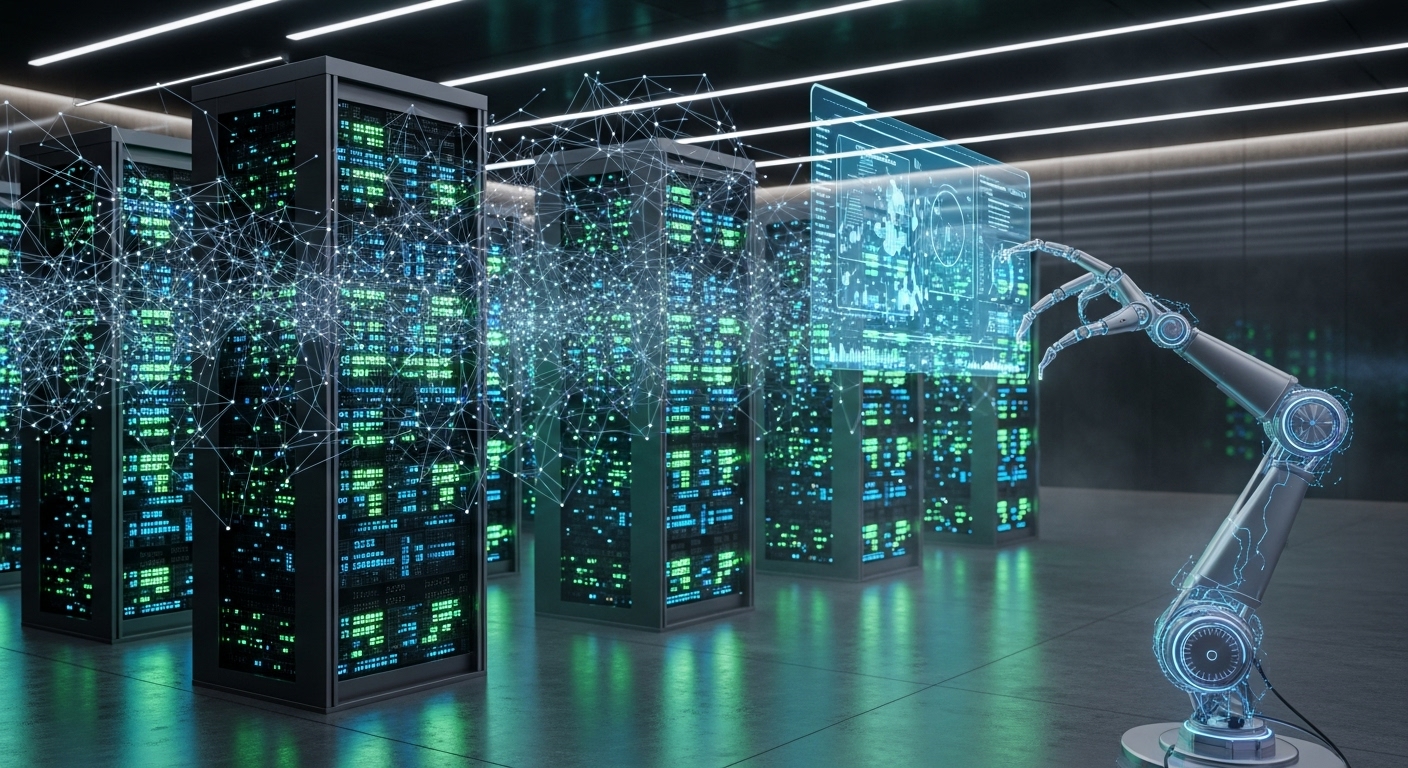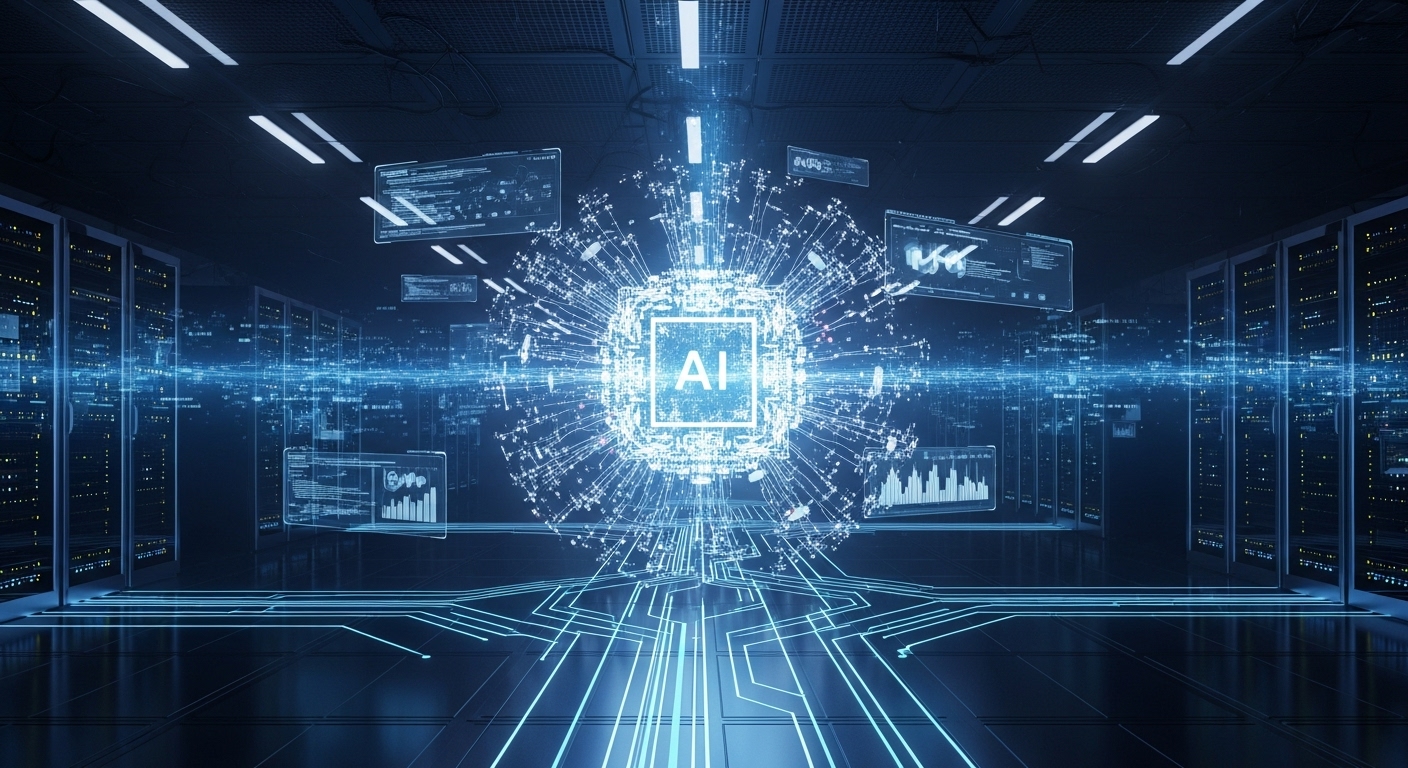Technology is no longer just a field of study or a collection of tools—it is the lifeblood of modern civilization. It shapes how we think, work, learn, and connect. Every advancement, from the smallest microchip to the largest supercomputer, carries humanity one step closer to a future that once existed only in dreams. The influence of technology stretches across industries, cultures, and generations, redefining the limits of human potential and transforming every aspect of daily life.
In this era, where progress moves faster than imagination, technology is not only about machines but about the deep relationship between people and innovation. It is the art of turning ideas into reality, the science of making life better, and the philosophy of continuous improvement. The story of technology is a story of evolution—a journey that began with stone tools and fire and now reaches into the realms of artificial intelligence, robotics, and virtual worlds.
The Evolution of Human Innovation
The history of technology mirrors the progress of humanity. Thousands of years ago, early humans discovered fire and learned how to use tools made from stones and bones. These simple inventions marked the beginning of civilization. As centuries passed, humans developed agriculture, built cities, and created machines that changed how people lived.
The Industrial Revolution was one of the most transformative periods in human history. Steam engines powered factories, railways connected nations, and electricity illuminated the world. Then came the digital revolution—computers, the Internet, and mobile devices reshaped communication, commerce, and creativity.
Each new wave of innovation built upon the last, accelerating progress exponentially. The evolution from typewriters to computers, from telegrams to instant messaging, and from film cameras to digital photography all show one truth—technology never stops evolving. It adapts, improves, and reinvents itself with every passing decade.
The Rise of Artificial Intelligence
Artificial intelligence, or AI, represents the pinnacle of modern technological advancement. It has moved from a concept in science fiction to an everyday reality. Today, AI powers smartphones, recommends what movies to watch, detects diseases, drives cars, and even assists in scientific discoveries. It is not just a tool but a partner in innovation.
AI learns from data, recognizes patterns, and improves with experience. Machine learning algorithms can process information faster than any human brain, helping businesses, governments, and individuals make better decisions. In medicine, AI identifies tumors in scans more accurately than doctors. In agriculture, it predicts weather patterns to improve crop yields. In education, it personalizes lessons based on each student’s pace and strengths.
However, with this power comes responsibility. There are growing concerns about privacy, job displacement, and bias within AI systems. As AI grows more capable, society must ensure that it remains ethical and beneficial for all. The challenge is not to stop progress but to guide it wisely.
The Internet Revolution
The Internet changed everything. What began as a network for sharing scientific research has evolved into a global platform that connects billions of people. It has transformed how humans communicate, learn, shop, and entertain themselves. The Internet has become the backbone of modern society, a place where ideas travel at the speed of light.
Social media, e-commerce, online education, and streaming services are all products of the Internet age. It has created global communities, giving a voice to individuals and movements that might have remained unheard in earlier times. Businesses can reach customers across continents, and families can connect despite being separated by oceans.
Yet, the Internet also brought challenges—misinformation, cybercrime, and the erosion of privacy. It amplified human expression but also exposed human vulnerability. The key to its future lies in balance: using the Internet as a tool for growth, education, and empathy rather than division or exploitation.
Technology in Education
Education has undergone a complete transformation thanks to technology. Classrooms have evolved from chalkboards and textbooks to tablets and interactive screens. Learning is no longer confined to physical spaces. Students can access online courses, attend virtual lectures, and interact with teachers across the world.
Artificial intelligence is revolutionizing learning by analyzing student data and customizing lessons accordingly. Online learning platforms allow people to gain new skills regardless of their age or location. Virtual and augmented reality are bringing history, science, and art to life in immersive ways, turning education into an experience rather than a task.
Technology has made learning more inclusive. Individuals with disabilities benefit from adaptive technologies such as text-to-speech software, smart hearing devices, and digital accessibility tools. The democratization of education ensures that knowledge is no longer a privilege but a right.
The Future of Work in a Digital Age
The workplace has changed more in the last two decades than in the previous two centuries. Technology has redefined what it means to work, where work happens, and how success is measured. Automation and artificial intelligence are handling repetitive tasks, allowing humans to focus on creativity and innovation.
Remote work has become a new standard, supported by video conferencing, cloud storage, and collaborative platforms. The traditional office is now just one of many options. Professionals can work from home, coffee shops, or even while traveling. This flexibility has reshaped the balance between work and life, giving people more freedom and control.
However, the digital transformation of work also brings challenges. As machines take over certain roles, workers must adapt by learning new skills. The future workforce will rely heavily on creativity, emotional intelligence, and adaptability—traits that technology cannot replicate. Continuous learning and digital literacy are now essential for long-term success.
The Power of Data
In today’s world, data is more valuable than gold. Every click, search, and interaction generates information that can be analyzed to understand human behavior. Data analytics drives decision-making across industries, from marketing to healthcare to urban planning.
Businesses use data to improve products and predict trends. Governments rely on data to manage cities and plan infrastructure. Even individuals use data through fitness trackers and budgeting apps to monitor their own progress.
However, the collection and use of data come with concerns about privacy and consent. The digital footprint people leave behind can be used for both good and harm. Stronger data protection laws and ethical use of information are vital to ensuring trust in a data-driven world.
Technology and Healthcare
Healthcare has seen some of the most dramatic benefits of technological progress. Modern hospitals rely on digital tools for everything from diagnosis to surgery. Robotic-assisted surgeries allow doctors to perform operations with greater accuracy. Wearable devices track vital signs, encouraging preventive care and early diagnosis.
Telemedicine enables doctors to reach patients in remote areas, while health apps empower individuals to take charge of their well-being. Artificial intelligence is revolutionizing drug discovery and disease prediction. 3D printing allows the creation of custom prosthetics and even human tissues for research.
The fusion of technology and medicine is extending lifespans and improving the quality of life. The future of healthcare will likely be more personalized, predictive, and preventive, giving rise to a world where health is managed proactively rather than reactively.
The Role of Robotics
Robots were once limited to science fiction, but they are now part of everyday life. In industries, they perform repetitive tasks with unmatched precision. In homes, they clean floors, cook meals, and assist the elderly. In hospitals, they deliver supplies and even comfort patients.
Space exploration relies heavily on robotics. Machines like the Mars rovers explore environments too dangerous for humans. In disaster zones, search and rescue robots save lives. The future may see robotic companions designed to assist humans emotionally and physically.
While the integration of robots raises questions about employment and ethics, it also opens new opportunities. Humans and robots working together can achieve more than either could alone. The relationship between human creativity and robotic efficiency defines the next stage of progress.
Green Technology and Sustainability
With growing awareness of climate change, technology has become a driving force behind sustainability. Green technologies focus on reducing waste, conserving energy, and protecting natural resources. Solar panels, wind turbines, and electric vehicles are leading the charge toward a cleaner planet.
Smart homes and cities use technology to minimize energy consumption. Recycling technologies turn waste into resources. Agricultural innovations like precision farming and vertical gardens reduce water usage while increasing yield.
Technology is also helping scientists track climate patterns, monitor endangered species, and develop materials that are both sustainable and efficient. The balance between progress and preservation is now a key focus of technological development, ensuring that the planet remains habitable for future generations.
Cybersecurity and the Digital World
As technology becomes more integrated into life, cybersecurity becomes more important than ever. Every innovation brings new vulnerabilities. Hackers, malware, and data breaches threaten individuals and institutions alike.
Cybersecurity is not just a technical issue—it is a matter of trust and safety. Encryption, biometrics, and artificial intelligence are being used to protect sensitive data. Individuals are learning to be more cautious about their online habits, as even simple mistakes can lead to major consequences.
The future of cybersecurity will depend on collaboration between governments, corporations, and users. The more digital the world becomes, the more essential it is to ensure that digital systems remain secure and ethical.
The Ethical Side of Technology
Innovation often moves faster than regulation. Technologies like AI surveillance, gene editing, and automation bring incredible benefits but also raise deep moral questions. Should machines have autonomy? How much of our personal data should be shared? Can technology be fair, or will it always reflect human bias?
Ethics must be the foundation of progress. Technology should serve humanity, not control it. Transparency, accountability, and fairness must guide every invention. The greatest innovations are not only intelligent but compassionate and just.
The Future of Technology
The future promises innovations beyond imagination. Quantum computing, biotechnology, nanotechnology, and space exploration will define the next era. These technologies could solve some of the world’s greatest problems, from curing diseases to exploring other planets.
Humans may soon merge with machines through brain-computer interfaces. Cities will become fully autonomous, and energy may come from limitless clean sources. However, the true potential of the future depends on humanity’s ability to use technology wisely.
Innovation should not only focus on efficiency but on improving quality of life, fostering equality, and protecting the environment. The next generation of technology will redefine what it means to live, think, and create.
Conclusion
Technology is not just a collection of inventions—it is the spirit of human progress. It connects the past, shapes the present, and builds the future. Every discovery, every algorithm, and every device reflects the endless curiosity that defines humanity.
From the first spark of fire to artificial intelligence, technology has always been about empowerment. It allows humans to dream bigger, reach farther, and live better. The real question is not how far technology can go, but how wisely humanity will use it.
The power of technology lies not in machines but in minds—the minds that dare to innovate, question, and create. As the digital age unfolds, the challenge is clear: to ensure that technology remains a force for unity, creativity, and progress. The future will be shaped not just by what technology can do, but by what humanity chooses to do with it.



